
Practical Immunology and Serology
Hawler Medical University
College of Health Sciences
Clinical Biochemistry Dept.
Ass. Lec. Amer Ali Khaleel
(M.Sc. Clinical Immunology)
Lab.1 :
Phlebotomy
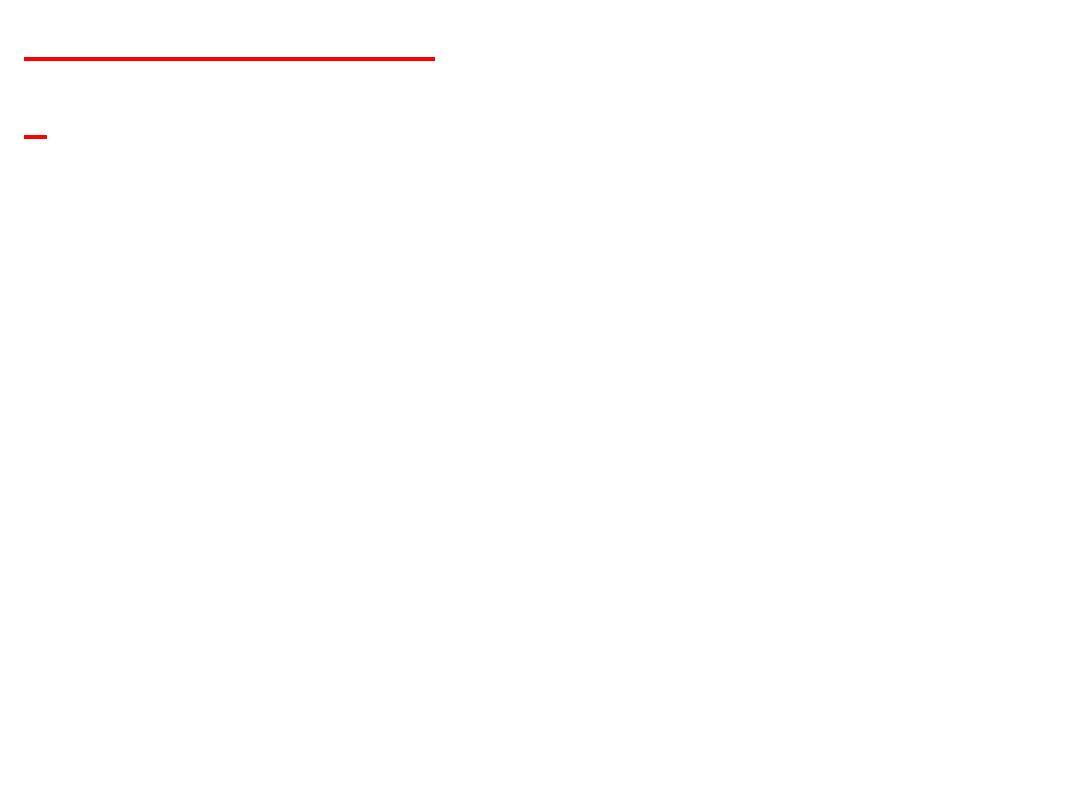
Phlebotomy
:
•Phlebotomy is the process of making an
incision in a vein with a needle.
•The procedure is known as a venipuncture.
•A person who performs phlebotomy is called a
phlebotomist, although doctors, nurses &
medical laboratory scientists.
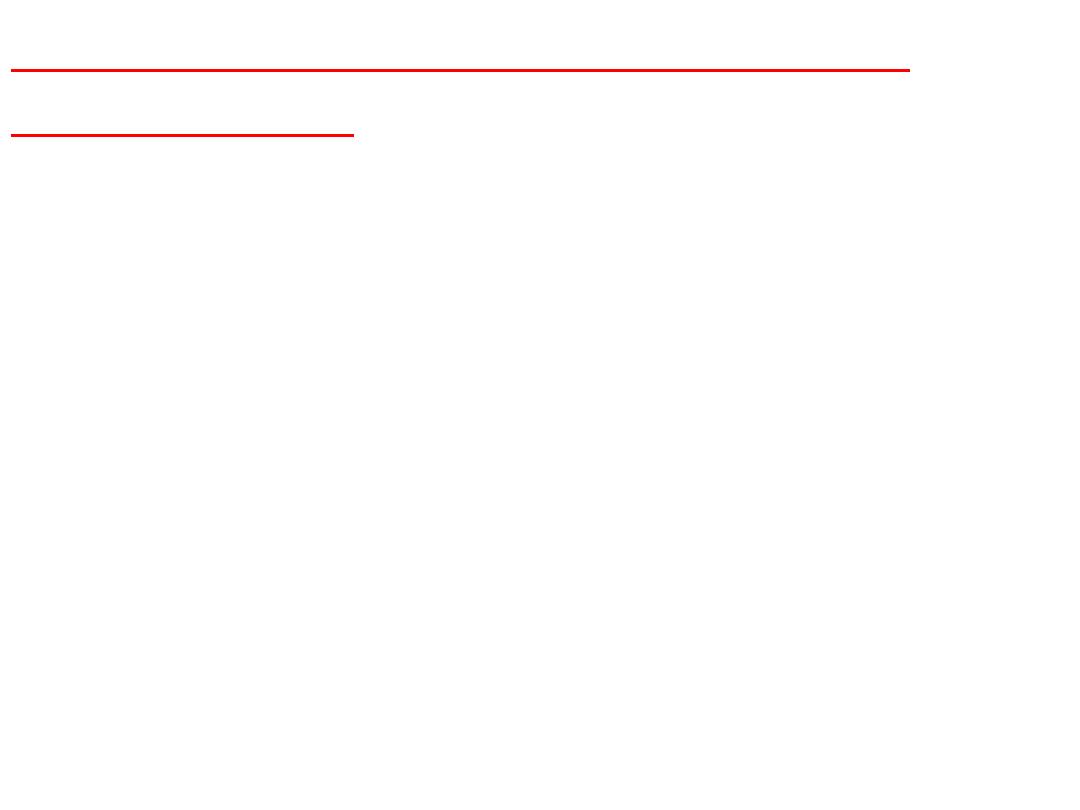
Blood Specimen Collection and
Processing:
•The first step in acquiring a quality lab. Test
result for any patient is the specimen collection
procedure.
• Blood specimens are obtained through capillary
skin punctures (finger, toe, heel), arterial or
venous sampling.
•Capillary / dermal /skin puncture, earlobe stick,
finger stick, heel stick (infants).
•Venous puncture (direct puncture of vein by
venipuncture).
•Arterial puncture.
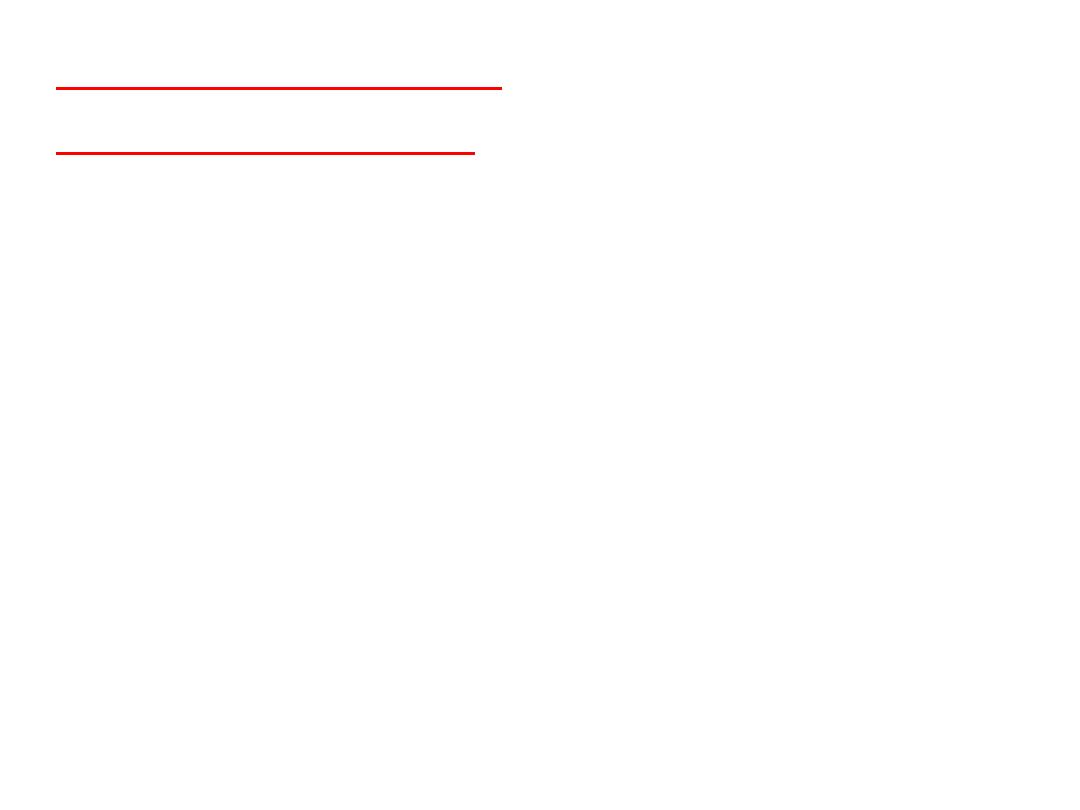
An Introduction
Venipuncture:
•Venipuncture is the process of obtaining
blood samples from veins for laboratory
testing, It is probably the most common
procedure in the medical field, usually
performed for the following reasons:…
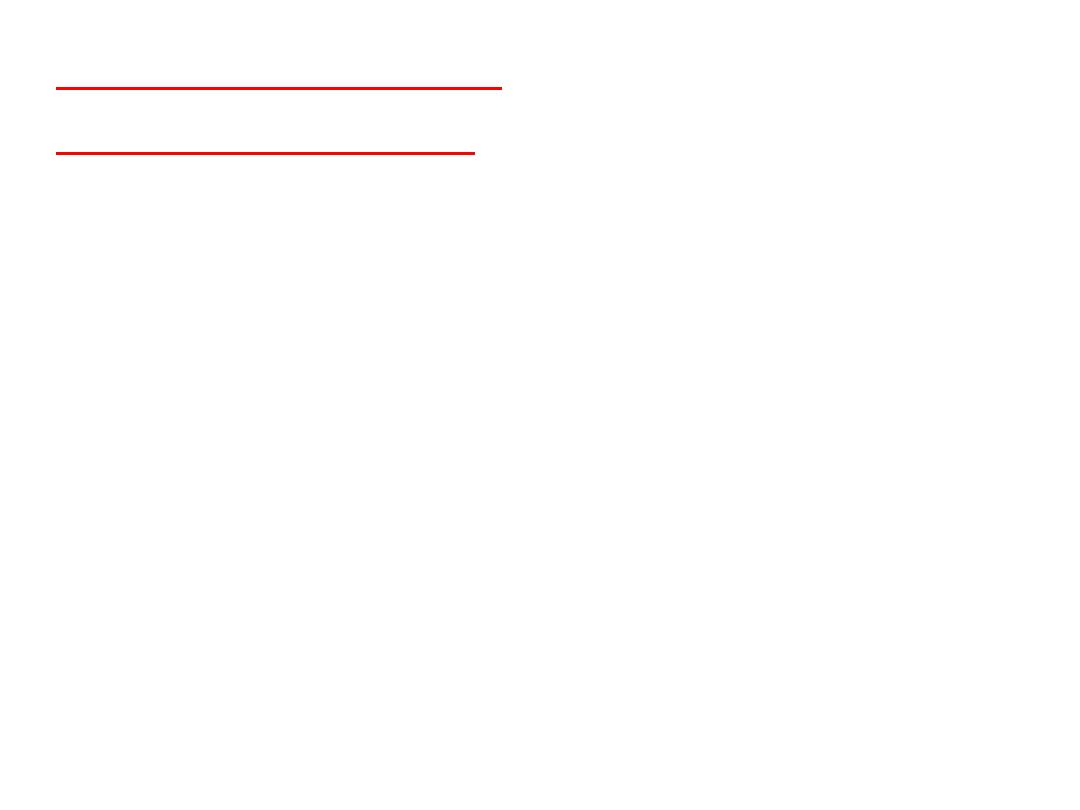
1. To obtain blood samples in order to perform
diagnostics.
2. To collect blood for later use should the patient’s
condition requires transfusions.
3. To remove blood that was found with excessive
levels of erythrocytes or iron.
An Introduction
Venipuncture:
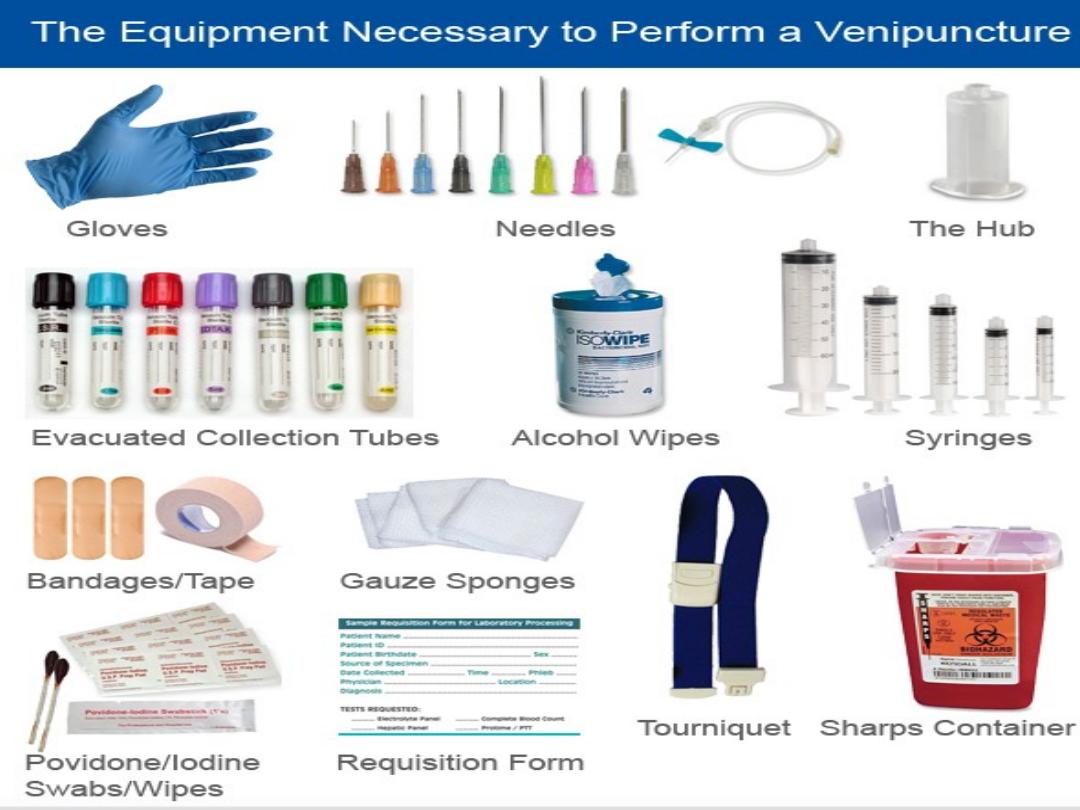
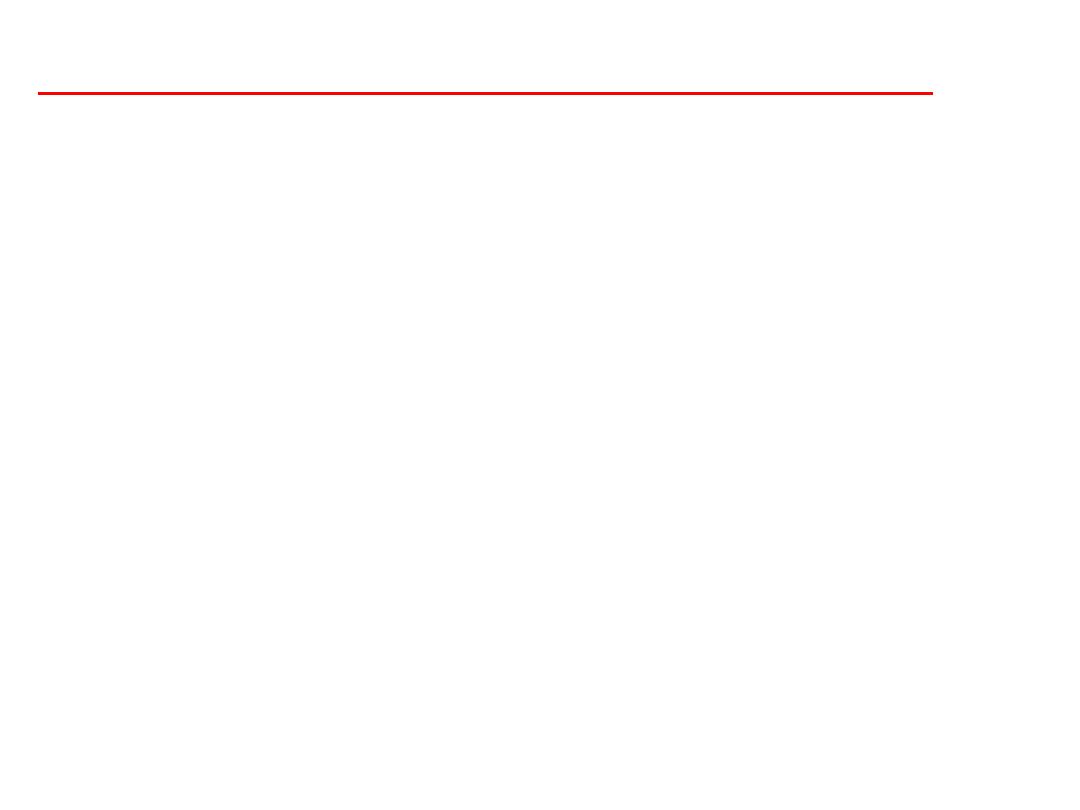
Venipuncture Procedure Steps:
1.Explain the procedure and purpose for the patient.
2.Assess the patient's physical disposition (i.e. diet,
exercise).
3.Position the patient - sitting or lying (NEVER allow the
patient to sit upright on a high stool or standing due to the
possibility of
syncope
).
4.Check the requisition form for requested tests, patient
information, and any special requirements.
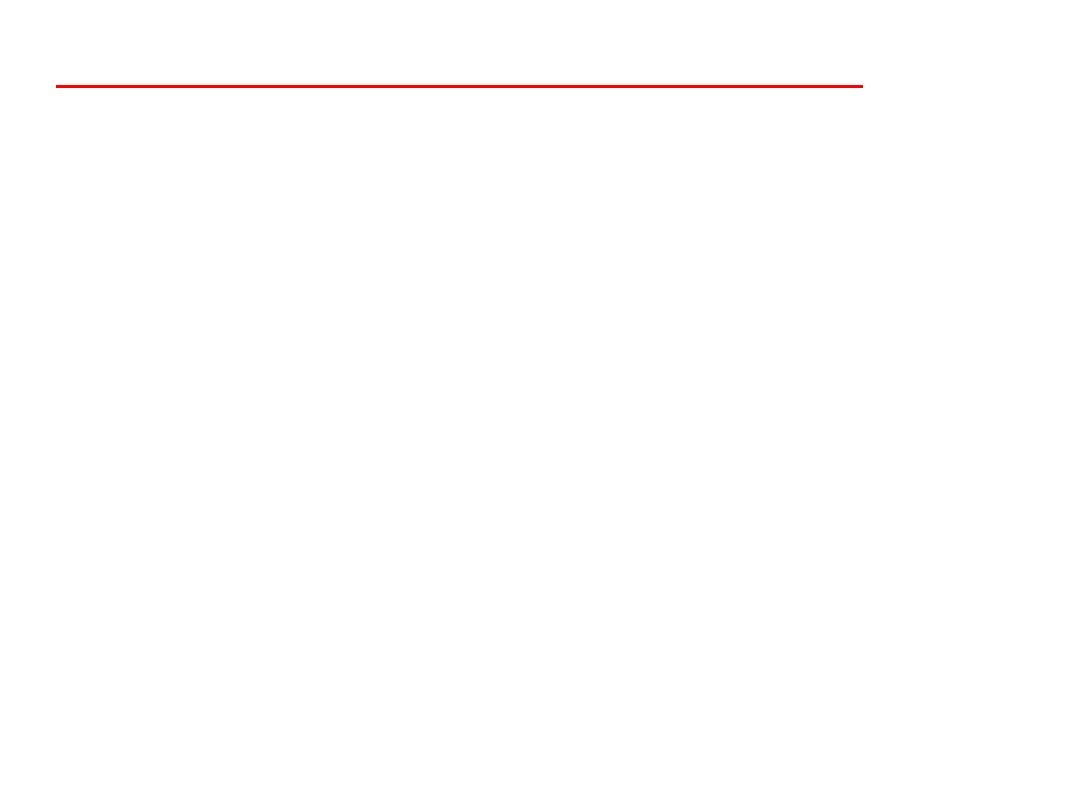
Venipuncture Procedure Steps:
5. Select a suitable site for venipuncture.
6. Prepare the equipment, the patient and the puncture site.
7. Perform the venipuncture.
8. Collect the sample in the appropriate container.
9. While the tube fills, remove the tourniquet.
10. Label the collection tubes at the drawing area.
11. Immediately send the specimens with the requisition to the
laboratory.

Order of draw:
• Blood collection tubes must be drawn in a specific order to
avoid cross-contamination of additives between tubes.
•
A Vacutainer
tube is a
glass or plastic
tube with a closure that is evacuated to create a vacuum inside
the tube facilitating the draw of a predetermined volume of
liquid.
• The recommended order of draw for plastic vacutainer tubes is:
……..
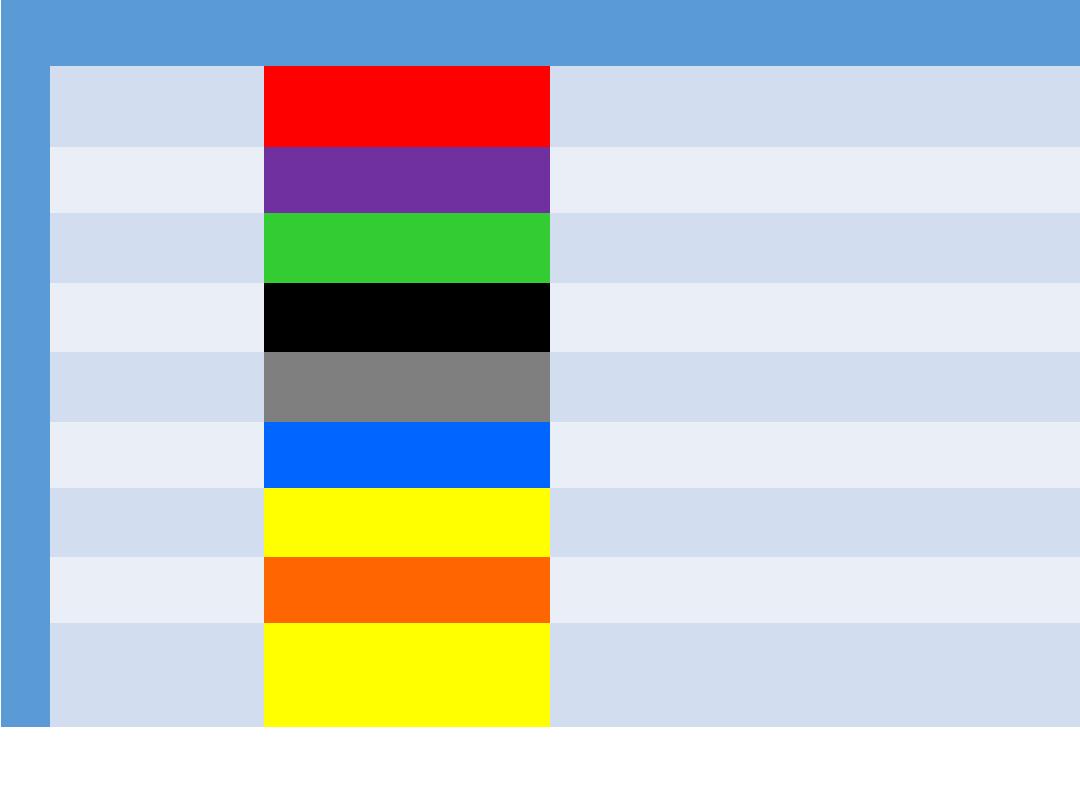
Order of draw
Stopper color
Additives
Laboratory Use
1
Plain Tube
Red Top Tube
no additive
Drug levels,
blood bank
2
EDTA Tube
Lavender Top Tube
EDTA*
CBC*,HbA1c
3
Heparin Tube
Green Top Tube
Sodium Heparin
Plasma chemistry
,ammonia level
4
ESR Tube
Black Top Tube
Sodium citrate
Westergren
sedimentation rate
5
Glucose Tube
Grey Top Tube
Sodium fluoride
glucose tolerance
testing, alcohol level
6
PT Tube
Blue Tube
Sodium citrate
PT*,PTT*
7
Serum Tube
Yellow Top Tube
ACD*
SPS*
Whole blood
determination
8
Thrombin Tube
Orange Top Tube
Thrombin
Chemical testing
9
Gel Yellow tube
Serum Gel Tube
contains a clot
activator and serum
gel separator
various laboratory
tests
EDTA=Ethylene diamine tetraacetic acid, ACD= Acid citrate dextrose, CBC=Complete blood
count,PT=Prothrombin times, PTT=Partial thrombinplastin times, SPS=sodium polyanethol sulfonate

Notes:
• Additives preserve the specimen, prevent deterioration and
coagulation, or block action of certain enzymes in blood cells.
• After the tube has been filled with blood, immediately invert the
tube several times to prevent coagulation.
• Tubes with anticoagulants should be gently and completely
inverted (end over end) 4 to 6 times after collection. This process
ensures complete mixing of anticoagulants with the blood
sample and prevents clot formation.
• Complete filling of this tube is essential to obtain accurate
results.Some evacuate tubes contains mark line , you must fill
the tube into this mark line.
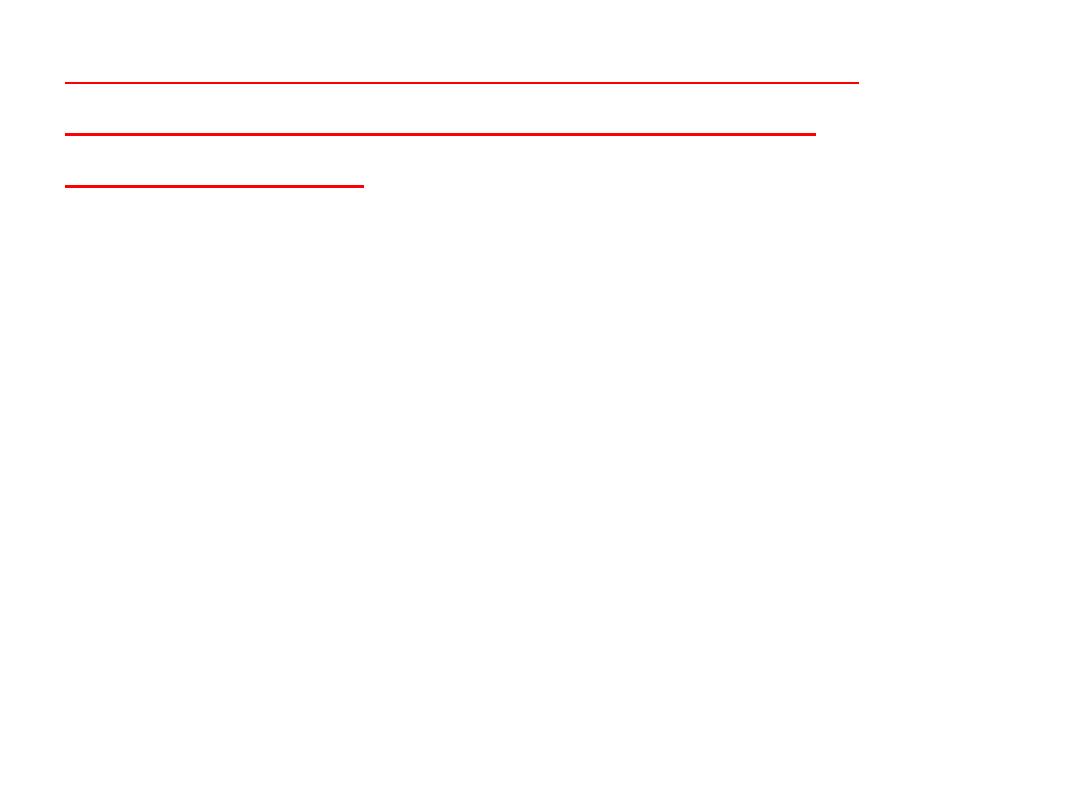
Specimens may be rejected for the
following reasons (Unacceptable
Specimens):
1. There is a patient name or file number discrepancy
between specimen label and request form.
2. There is no patient name or other unique identifier on
specimen.
3. Specimen is too old when received.
4. There is apparently no specimen in container.
5. The expiration date of the transport medium has been
exceeded.

Avoid performing a venipuncture on
1. Arm on side of mastectomy. If drawn here, the test results
could be inaccurate because of lymph edema.
2. Scarred or burned areas. Performing a venipuncture at these
sites is more difficult due to the scar tissue.
3. Arm in which blood is being transfusion / IV cannula. The
fluid in the IV could dilute the specimen.
3
2
1
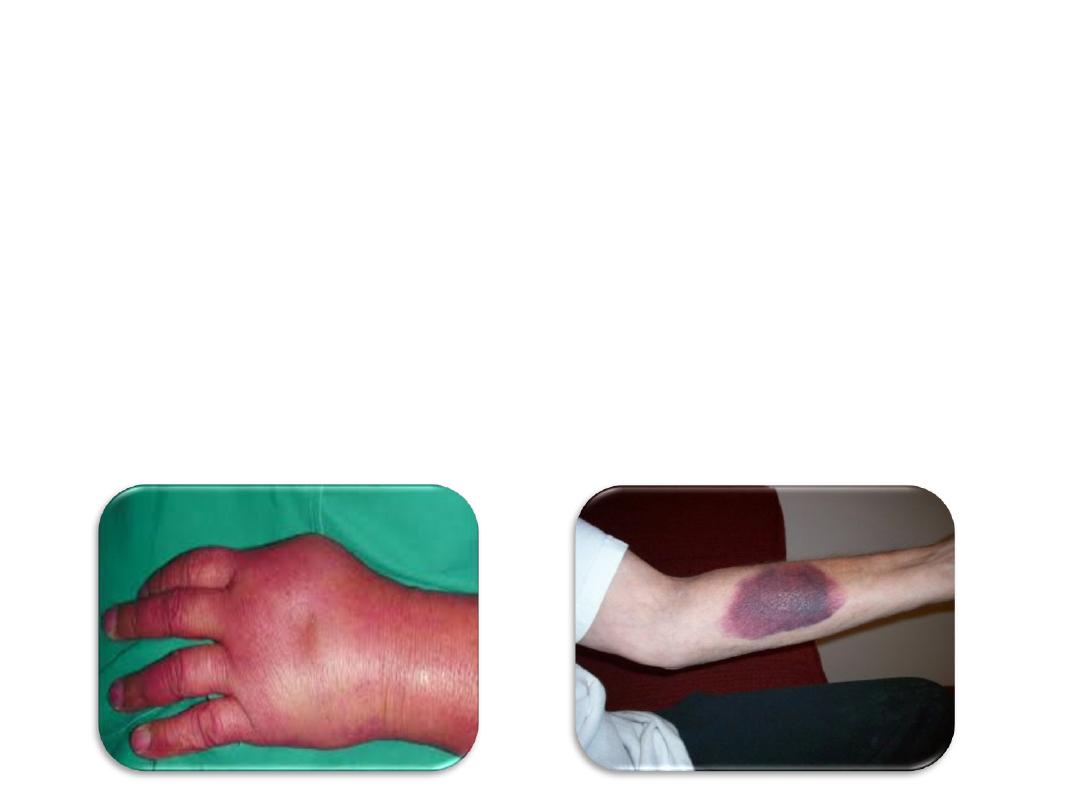
4. A hematoma (A hematoma is an abnormal collection of blood
outside of a blood vessel. It occurs because the wall of a blood
vessel wall, artery, vein, or capillary, has been damaged and blood
has leaked into tissues ) If drawn here, could cause incorrect test
results.
5. Edematous (Edema is swelling caused by fluid retention)
should be avoid because the accumulated fluid could alter test
results.
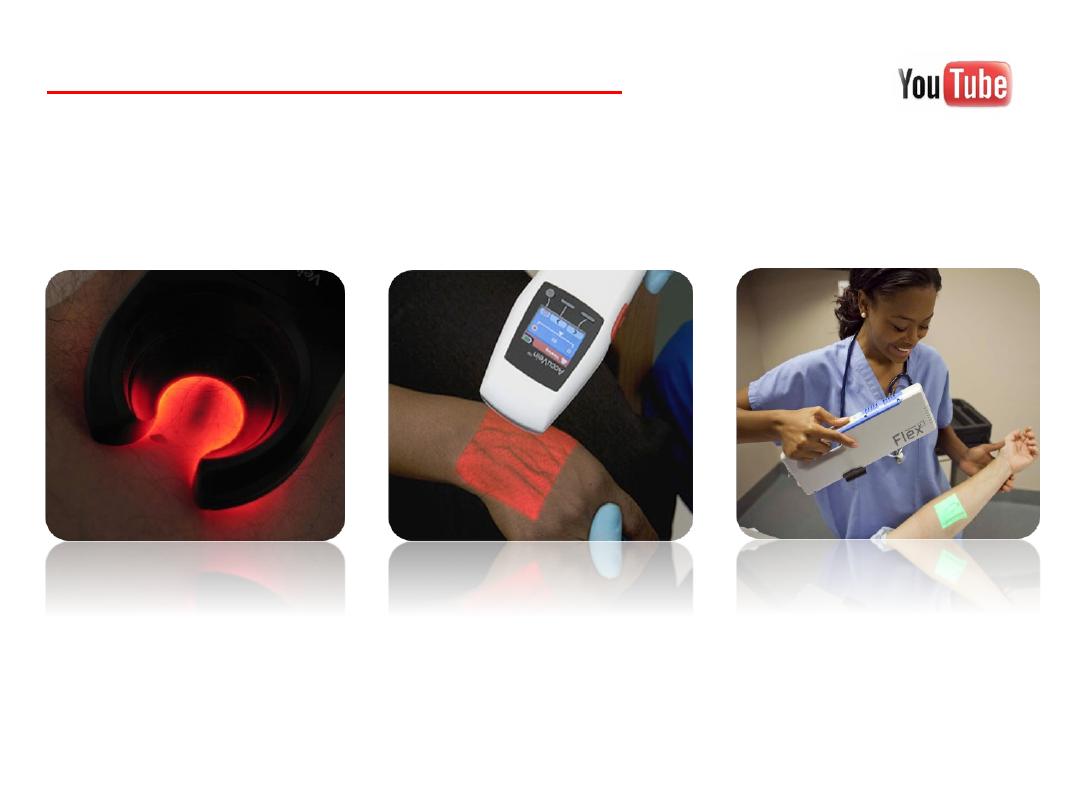
New vein finder devices :
• Devices that utilize laser/infrared technology for Vein Viewer (vein finders(.
Veinlite
AccuVein VeinViewer Flex
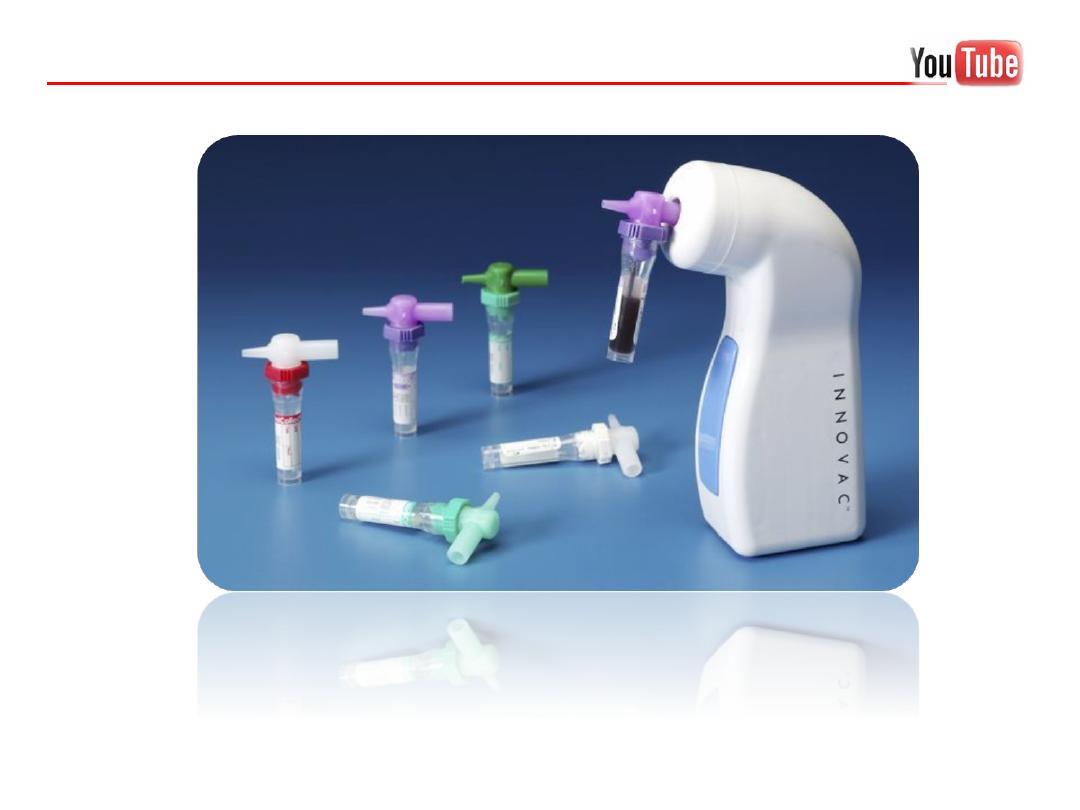
New Device for Infant Blood Collection:
Innovac Quick-Draw
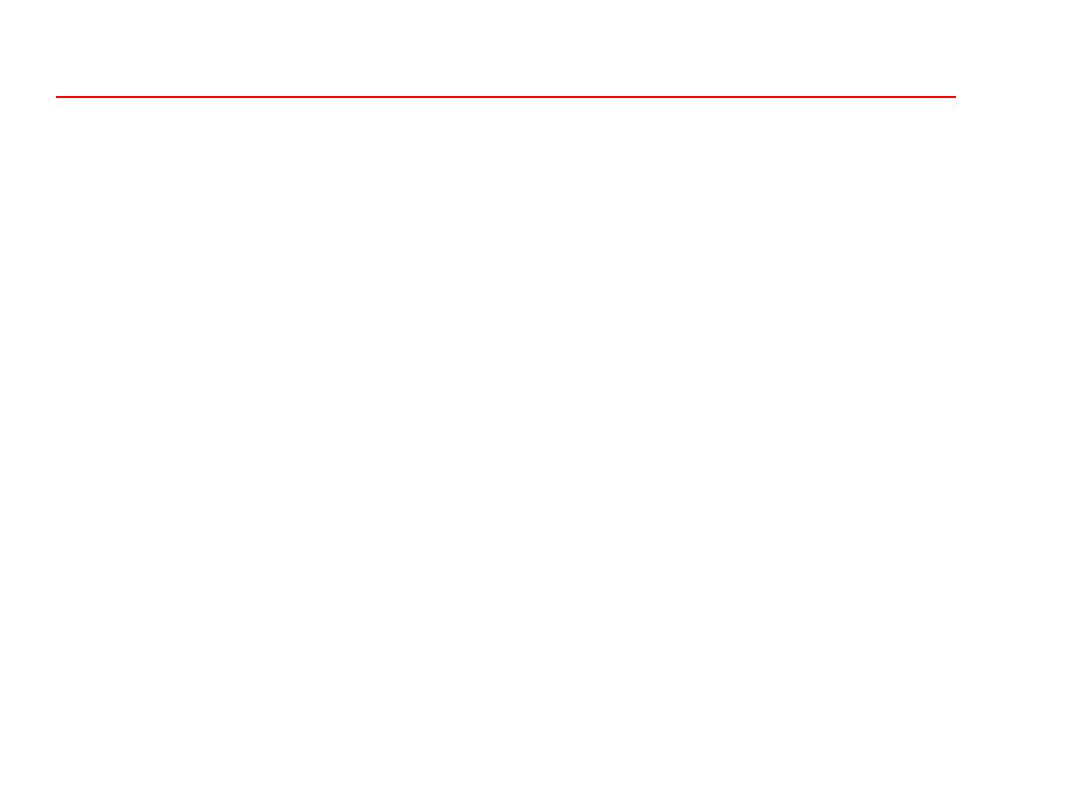
New Device for Infant Blood Collection:
•Automatic sample mixing reduces repeat collections
due to clots and hemolysis.
•Collect even the smallest drops from the puncture
site with no squeezing, scooping, or stopping to mix
the sample blood immediately.
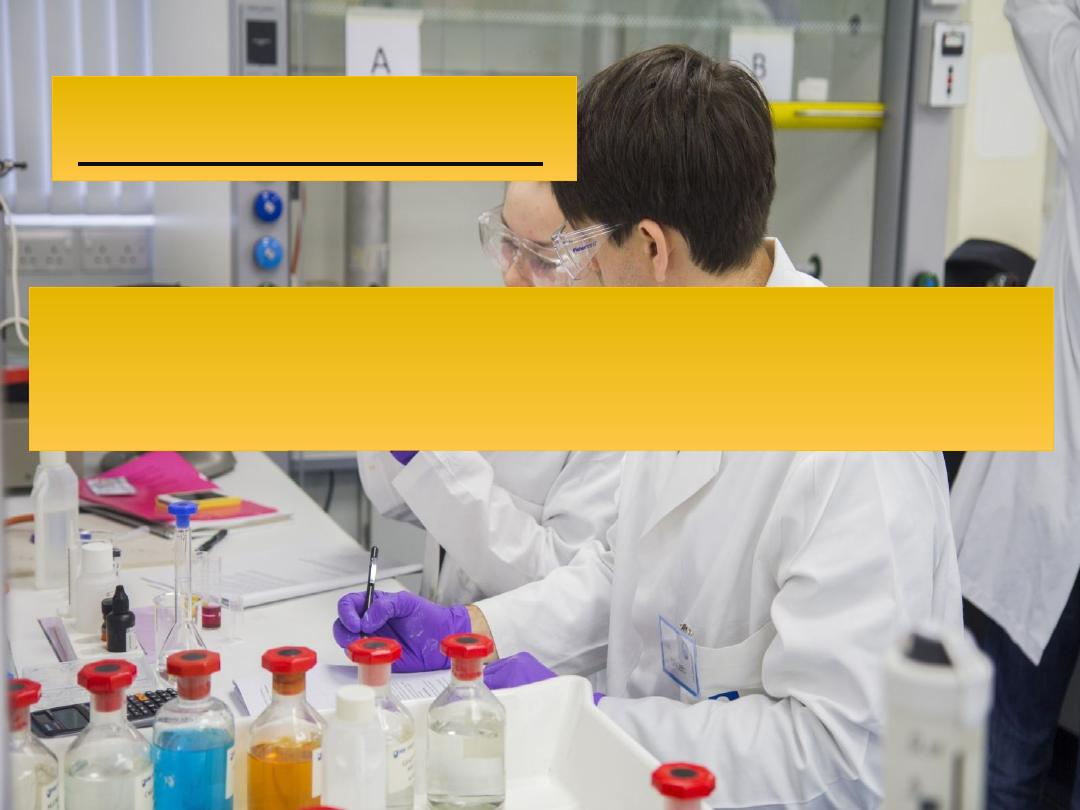
Practical Part
•Trying to drawing of blood sample
from your colleagues.
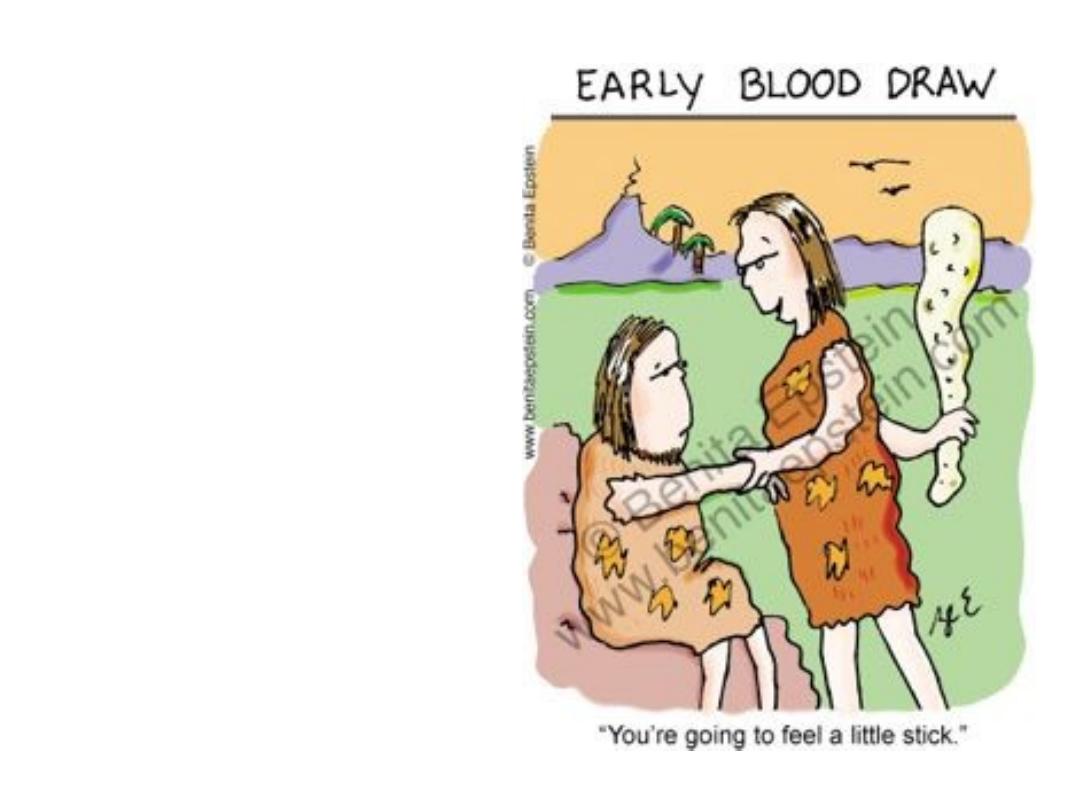
Any
Questions ??!!!
